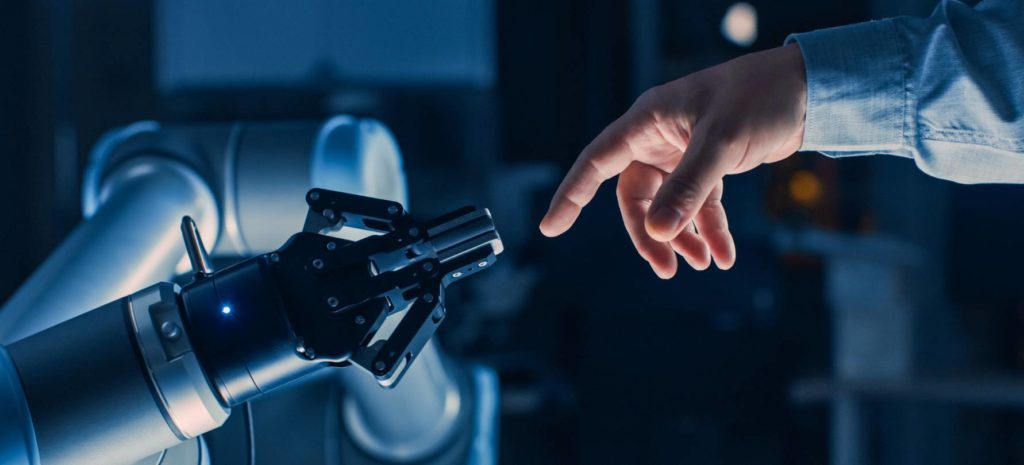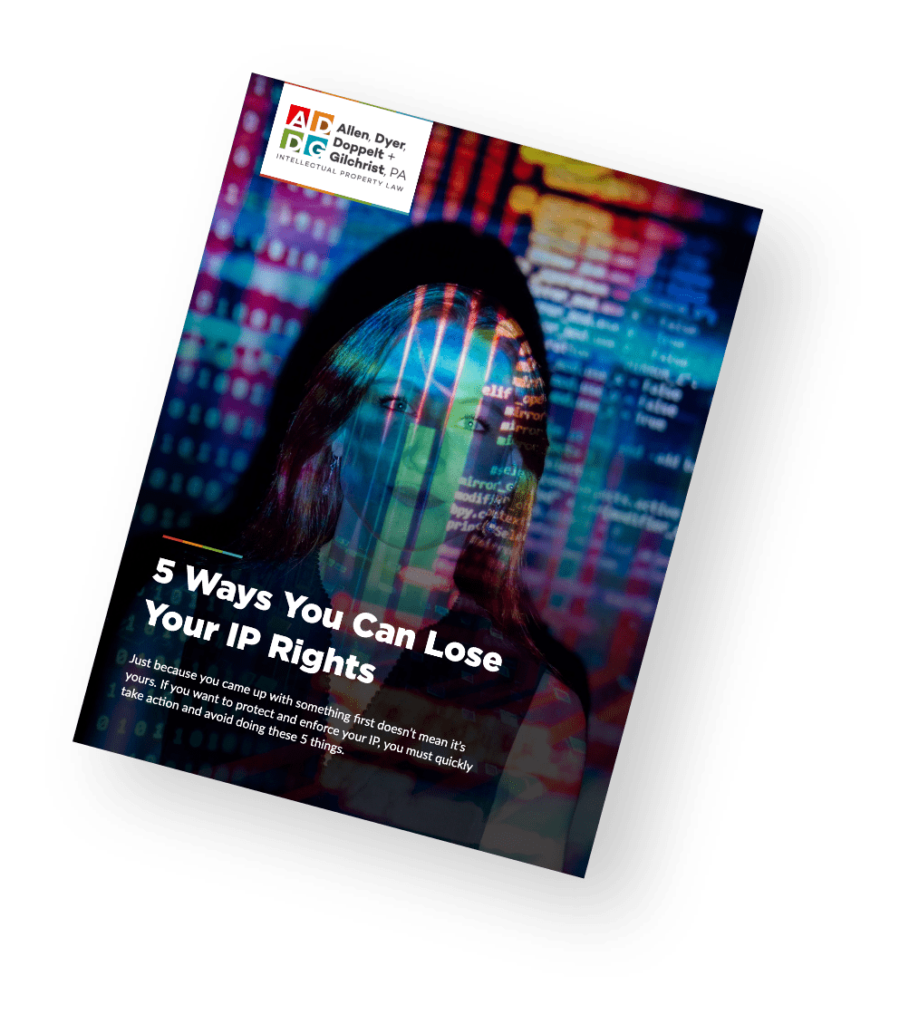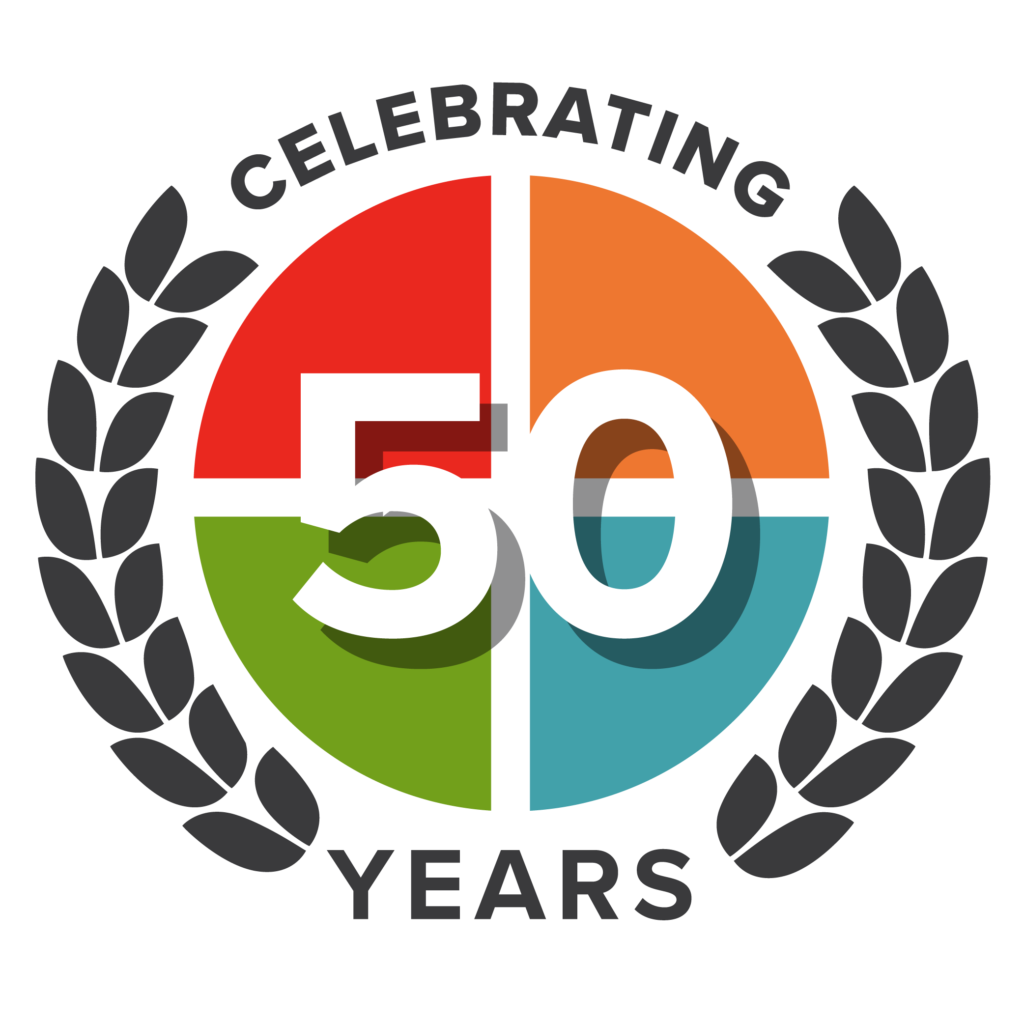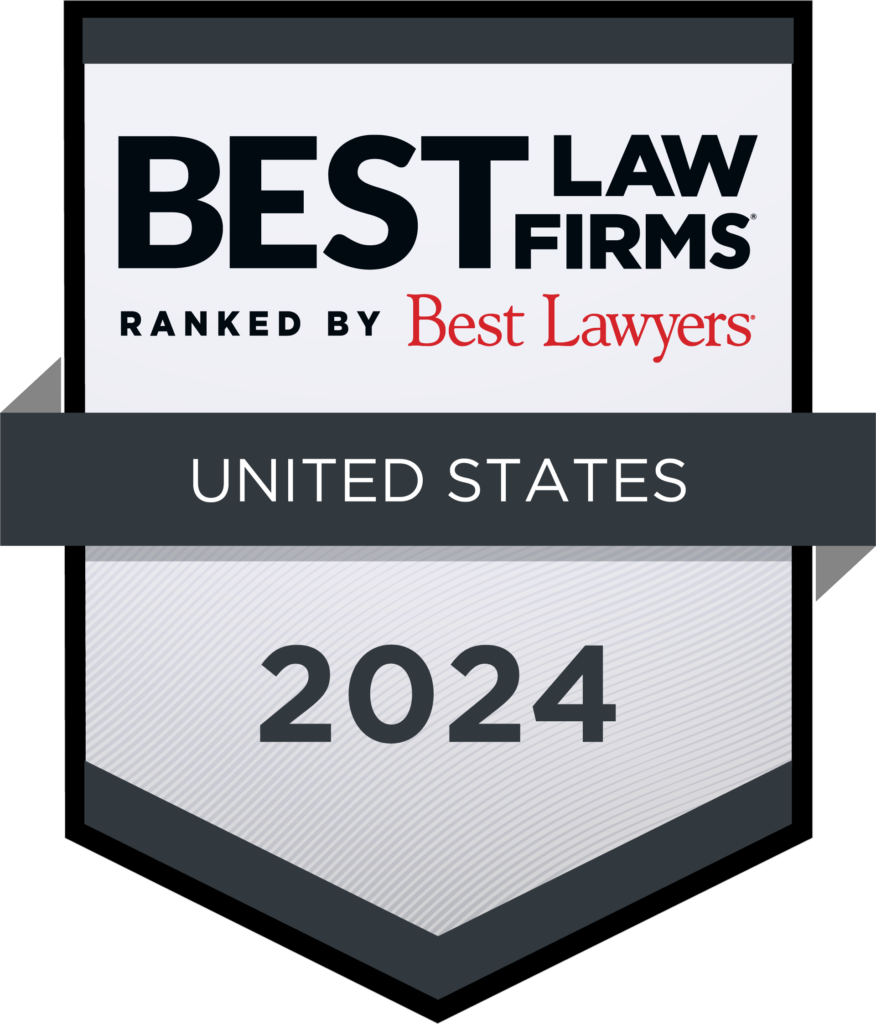There are several requirements an invention must meet to qualify as patentable subject matter. In particular, the subject matter of the invention has to be eligible for patenting, and the invention has to be “new” and “useful” as defined by United States patent law to obtain a Unites States patent.
Let’s take a deeper dive into these requirements for obtaining one of the most valuable forms of intellectual property protection: a patent.
What Can and Cannot Be Patented
It used to be said that “anything under the sun that is made by man” was eligible for patenting. See Diamond v. Chakrabarty, 447 U.S. 303 (1980). Reading the U.S. patent law that defines eligible subject matter (35 U.S.C. §101), you might think that is still the case. It says that “[w]hoever invents or discovers any new and useful process, machine, [article of] manufacture, or composition of matter, or any new and useful improvement thereof, may obtain a patent therefor”. So, if your invention is new, useful, and fits in one of the four statutory categories, it is entitled to a patent.
Sounds simple, right?
Not so fast.
In recent years the federal courts have expanded “judicial exceptions” to the otherwise plain and simple language of §101. Now, in addition to being in one of the four statutory categories, the invention cannot be patented if it is directed to a judicial exception to these categories, unless the patent claim as a whole includes additional limitations amounting to “significantly more” than the exception. The judicial exceptions generally relate to abstract ideas, laws of nature and natural phenomena (including products of nature). See Alice Corp. Pty. Ltd. v. CLS Bank Int’l, 573 U.S. 208, 216, 110 USPQ2d 1976, 1980 (2014) (citing Ass’n for Molecular Pathology v. Myriad Genetics, Inc., 569 U.S. 576, 589, 106 USPQ2d 1972, 1979 (2013).
Can My Invention Be Patented?
Despite the judicial exceptions, most inventions that are “new” and “useful” (which we will discuss further in a minute) are eligible for patenting. However, the patent process is different depending on what the patent protects.
For processes, machines, articles of manufacture, and compositions of matter, utility patents are typically the appropriate way to protect these inventions.
Plant patents are available to those who invent or discover and asexually reproduce any distinct and new variety of plant, including cultivated sports, mutants, hybrids, and newly found seedlings, other than a tuber propagated plant or a plant found in an uncultivated state.
Further, design patents are available for any new, original, and ornamental design for an article of manufacture. In some cases, the same invention may be eligible for both design and utility patent protection.
Four Legal Requirements for a Patent
In particular, there are four legal requirements for obtaining a patent. They are:
1. Statutory
Statutory subject matter means that it qualifies under one of the four statutory categories (processes, machines, articles of manufacture, and compositions of matter) listed in §101, as a new variety of plant under §161, or an ornamental design for an article of manufacture under §171. Of course, in the case of §101 and utility patents, this is subject to the judicial exceptions for abstract ideas, laws of nature and natural phenomena mentioned above.
2. Usefulness
The U.S. Patent and Trademark Office considers an invention to have utility if (i) a person of ordinary skill in the art would immediately appreciate why the invention is useful based on the characteristics of the invention (e.g., properties or applications of a product or process), and (ii) the utility is specific, substantial, and credible. Generally speaking, the usefulness requirement is straightforward to satisfy if the invention is directed to improvements to everyday items with well-known utility (electronic or mechanical devices, etc.).
3. Novelty
The “new” requirement of §101 is embodied in §§102 and 103 of the patent law. First, §102 states that an invention is not novel if “the claimed invention was patented, described in a printed publication, or in public use, on sale, or otherwise available to the public before the effective filing date of the claimed invention.” What this means is that if each of the elements recited in a claim of a patent application are identically disclosed in a single patent, printed publication, or item that was used/sold before the patent application was filed (also called “prior art”), then the claim is not “novel” and does not qualify as patentable subject matter.
4. Non-Obviousness
The other half of the “new” invention analysis is embodied in §103. Even where the claimed invention is not identically disclosed as set forth in §102, this part of the patent law provides that patent protection is not available “if the differences between the claimed invention and the prior art are such that the claimed invention as a whole would have been obvious before the effective filing date of the claimed invention to a person having ordinary skill in the art to which the claimed invention pertains.” While that is a bit of a mouthful, it essentially means that if the differences the claimed invention has over the prior art mentioned in §102 would have been “obvious” to one of “ordinary skill” in the technology area of the invention, then the claimed invention still does not qualify as patentable subject matter.
How to Get a Patent for an Invention
So, given all of these requirements to achieve patentability, what is the best way to go about securing a patent for an invention? Seek a team of experienced patent attorneys or agents to guide you through the process. They can identify potential problems with any of the four legal requirements discussed above, and prepare and file a patent application on your behalf that has the greatest chance for success in the Patent and Trademark Office. Part of this process may include preliminary patent searching, where skilled patent searchers look for the printed patents and published applications that will be used by the Patent and Trademark Office as prior art against a claimed invention to identify potential challenges to whether the invention is “new” under patent law.
Moreover, skilled patent practitioners keep abreast of ever changing rules and “judicial exceptions” to help craft patent applications with a higher chance of success before the Patent and Trademark Office.
Steps to Get a Patent for a New Invention
Here are some suggestions on how to get started with the patent process.
- Document your invention. Taking the time to write down what the existing problem(s) is you are trying to solve, how current products in this area fail to solve the problem, and how the new invention works to overcome these problems are important to clarify and critical to know when preparing a patent application. For many inventions, a great way to illustrate how it works is through high-level block diagrams and flow charts. It is usually not necessary to have formal schematics or CAD drawings prepared before starting the patent process – check with your patent attorney before going to the expense of preparing those.
- Do your own patent searching. While the Patent and Trademark Office does not require applicants to do any searching before they file a patent application, it is a good idea to do so. First, with free tools like the U.S. Patent and Trademark Office Patent Full-Text Database and Google Patents, basic patent searching is just a click away. Second, this can be extremely helpful to not only give a better understanding of what is already out there in the “prior art,” it also helps familiarize the inventor with what patent applications for the particular type of invention look like and how others illustrate/describe similar ideas.
- Consult with experienced patent practitioners. They will perform a thorough review to not only identify potential issues with the four legal requirements, but will also identify key aspects of your invention that are most likely to afford valuable and enforceable patent claims. With years of engineering and legal experience, the right team of patent practitioners can carefully craft the patent application and work with patent examiners at the Patent and Trademark Office to obtain the broadest available scope of patent protection for you. Plus, sometimes it is appropriate to keep new inventions or discoveries as trade secrets, and experienced US patent attorneys can help sort that out as well.
Need Assistance With a Patent? Invention Patent Counseling Can Help
If you need assistance protecting your inventions, call us today! At Allen, Dyer, Doppelt and Gilchrist, our team of patent attorneys in Florida are available to meet with you in person in any of our Orlando, Miami, Jacksonville or Winter Springs offices, or virtually from anywhere in the world.
Our experienced attorneys help everyone from individual inventors to national and international corporations with not only U.S. patent protection, but also global patent protection in foreign jurisdictions. Our depth of industry and technical experience allows us to assist clients across a wide range of technologies, including mechanical, electrical, computer, and life sciences. We also help clients with post-allowance proceedings before the Patent and Trademark Office and Patent Trial and Appeals Board, including reexamination, reissue, and Post Grant and Inter Partes Review (PGR/IPR) proceedings.
About the Author
John F. Woodson, II is a Registered Florida Patent Attorney based in the Orlando-area. His IP practice areas include patent prosecution, patent infringement studies and client counseling.

Share This





